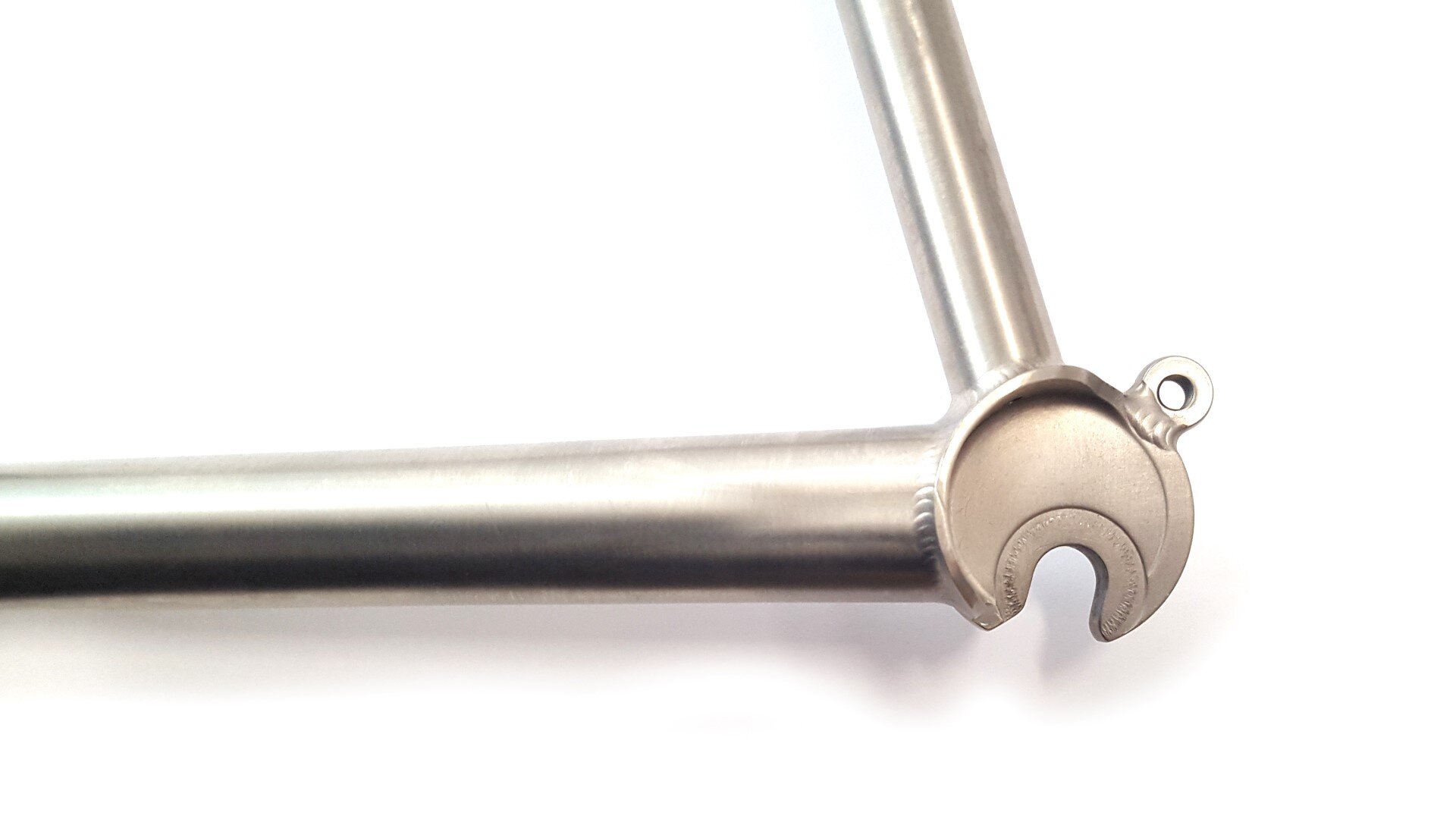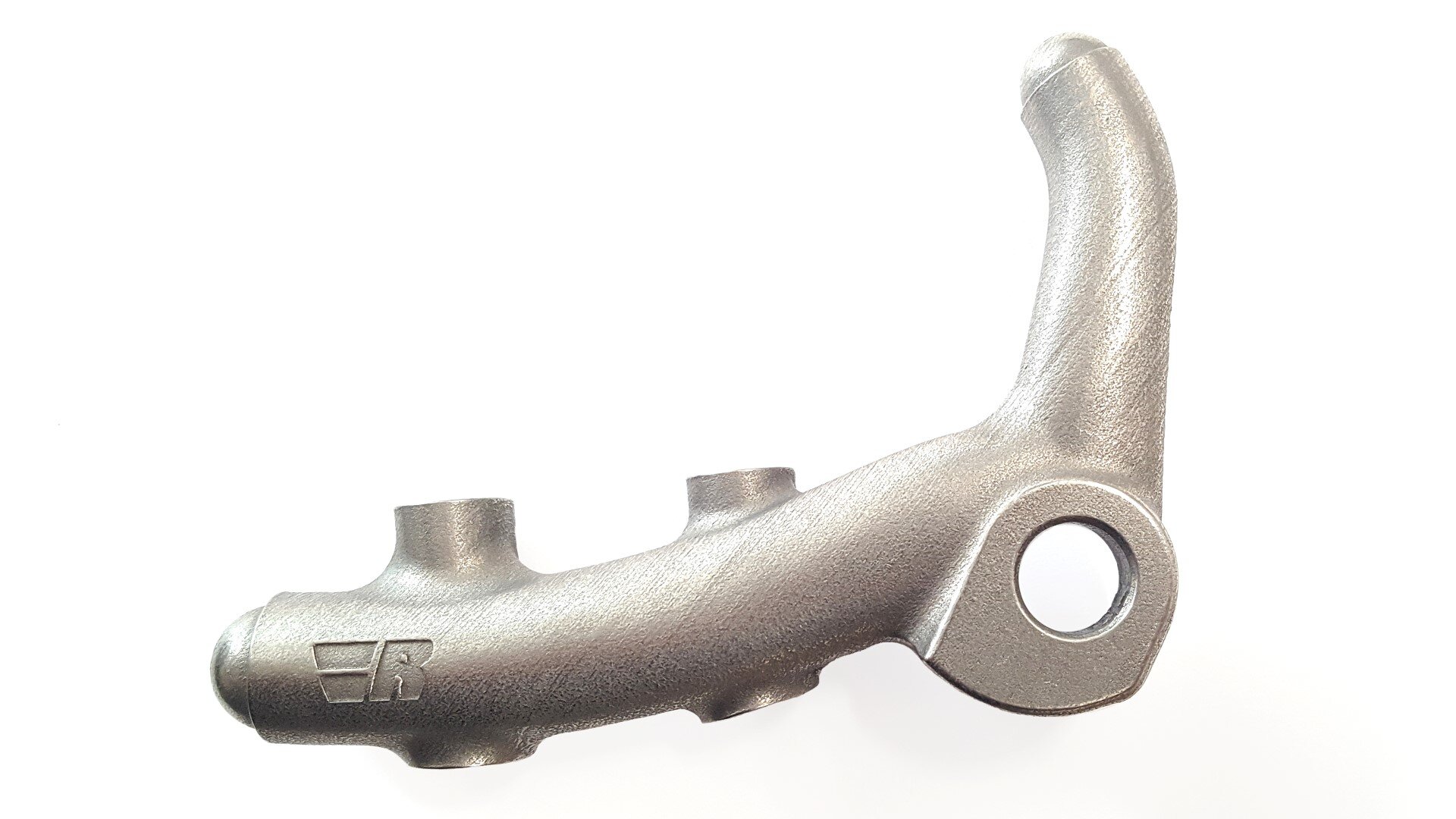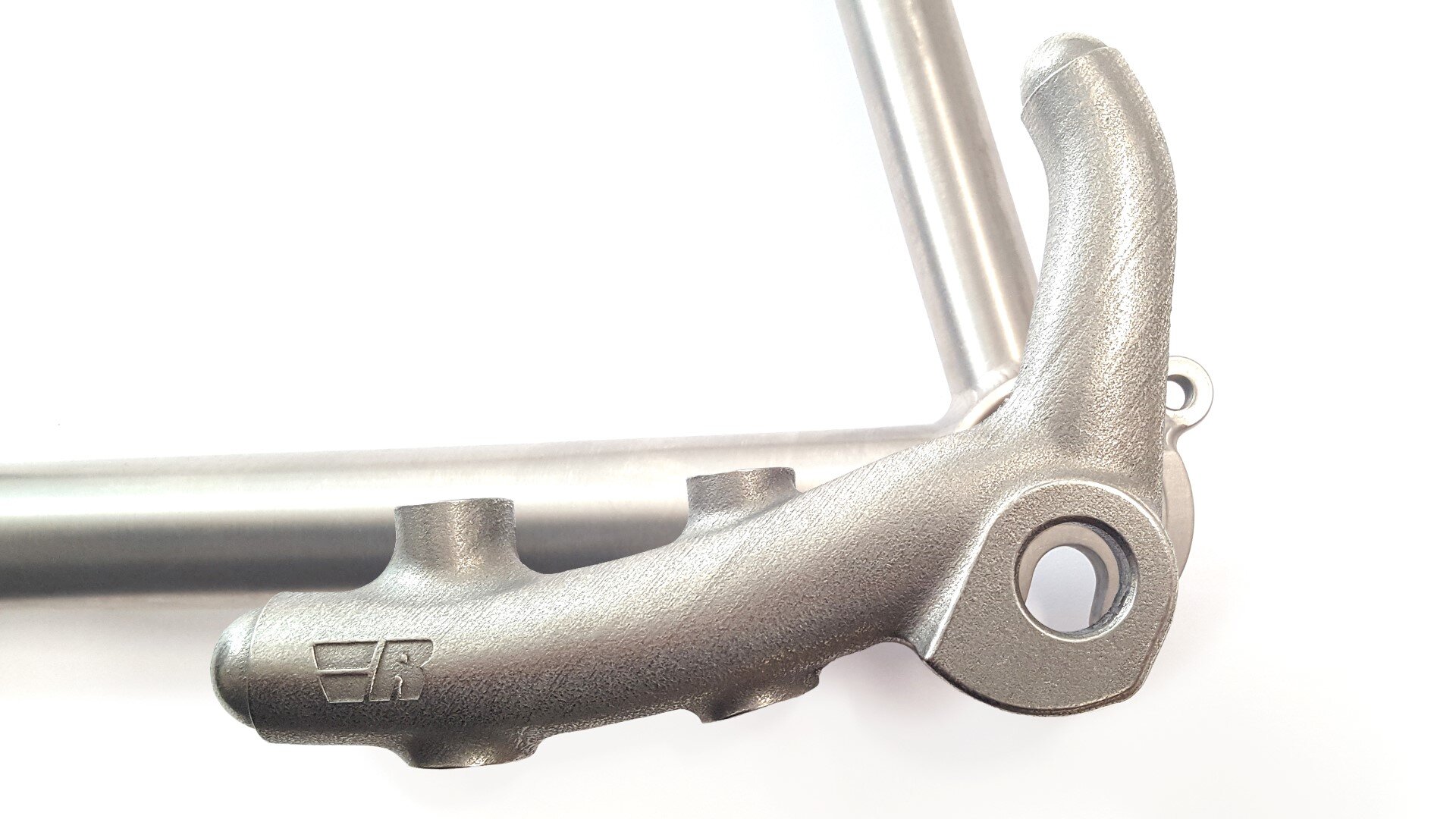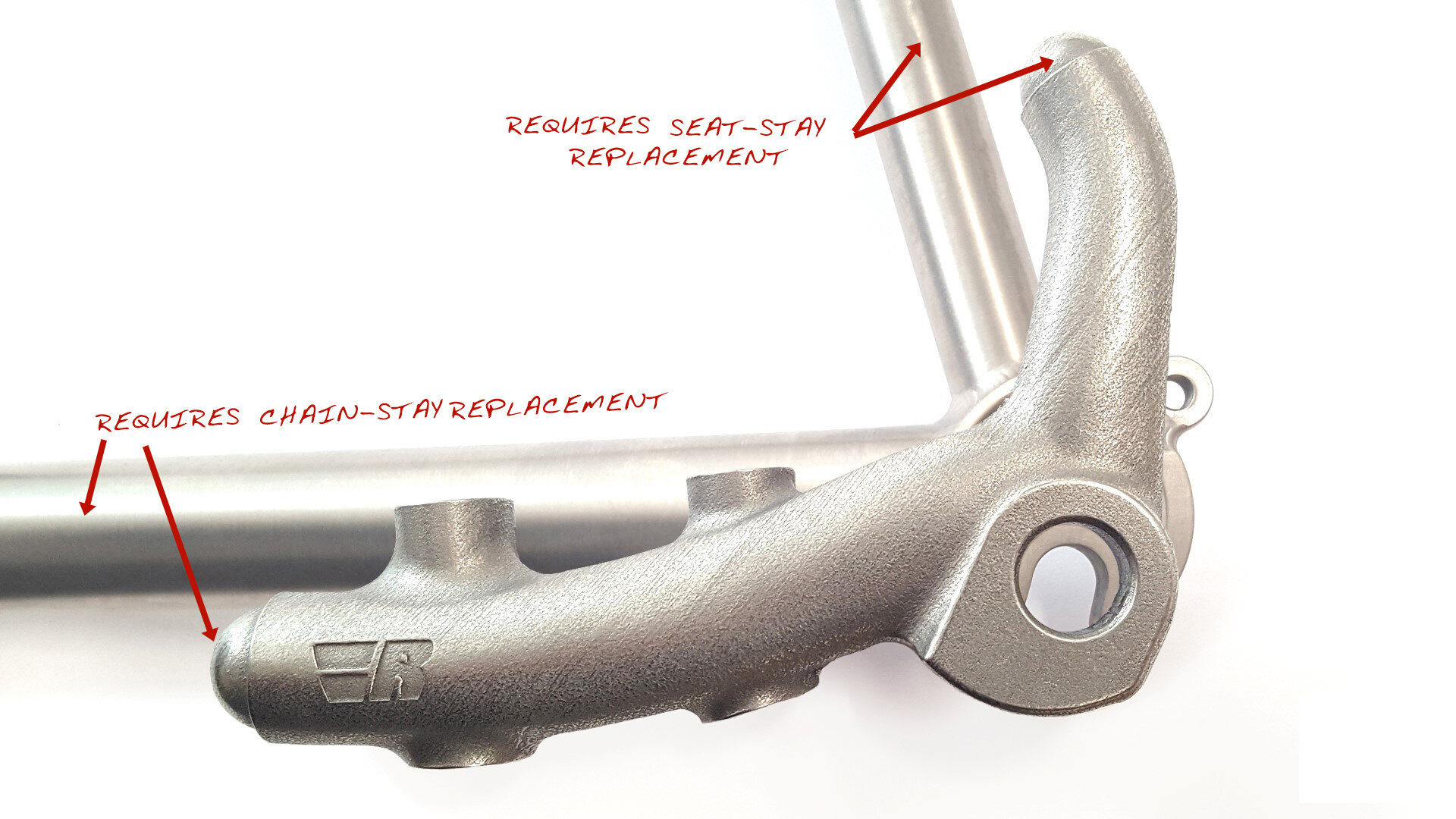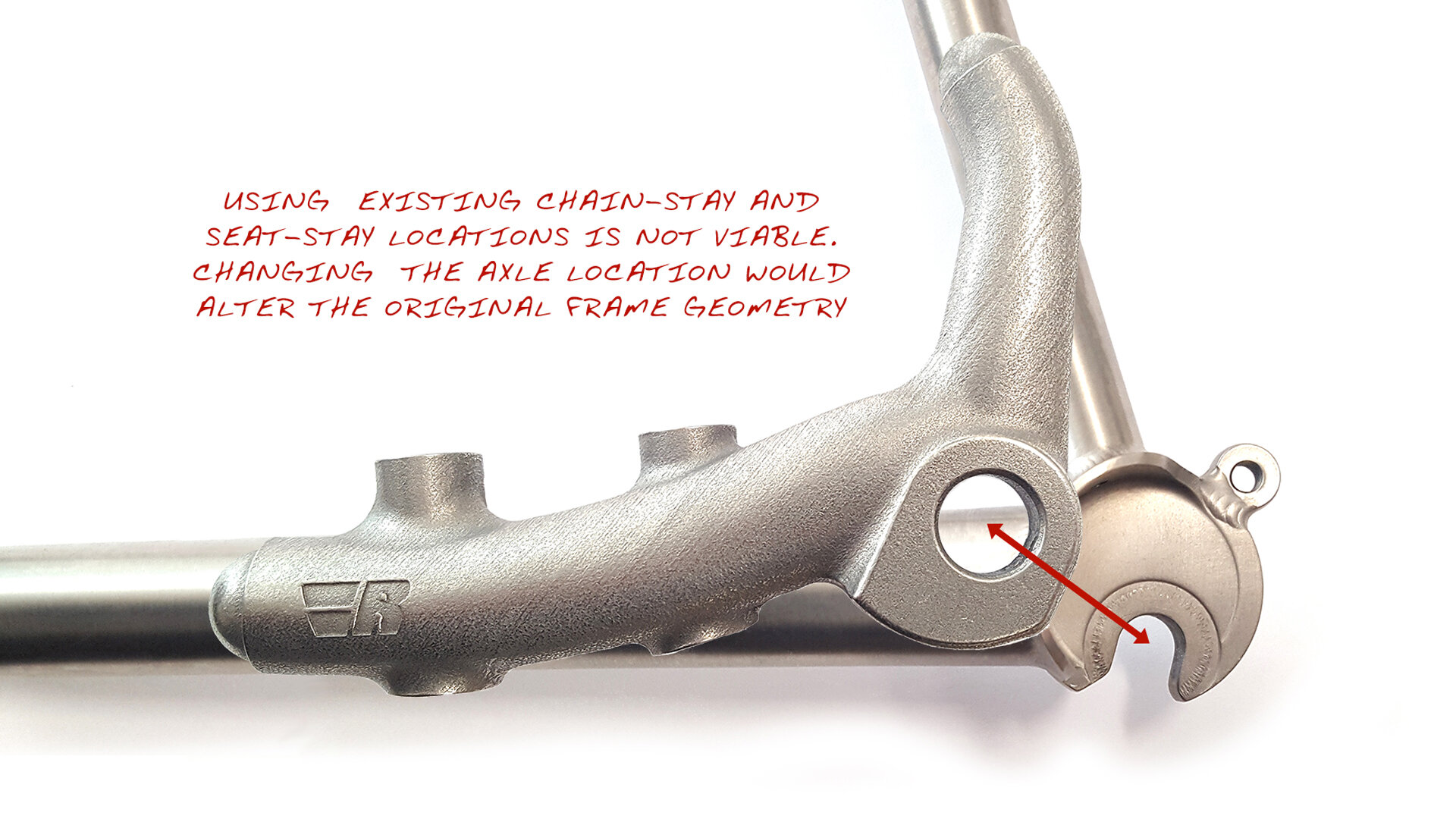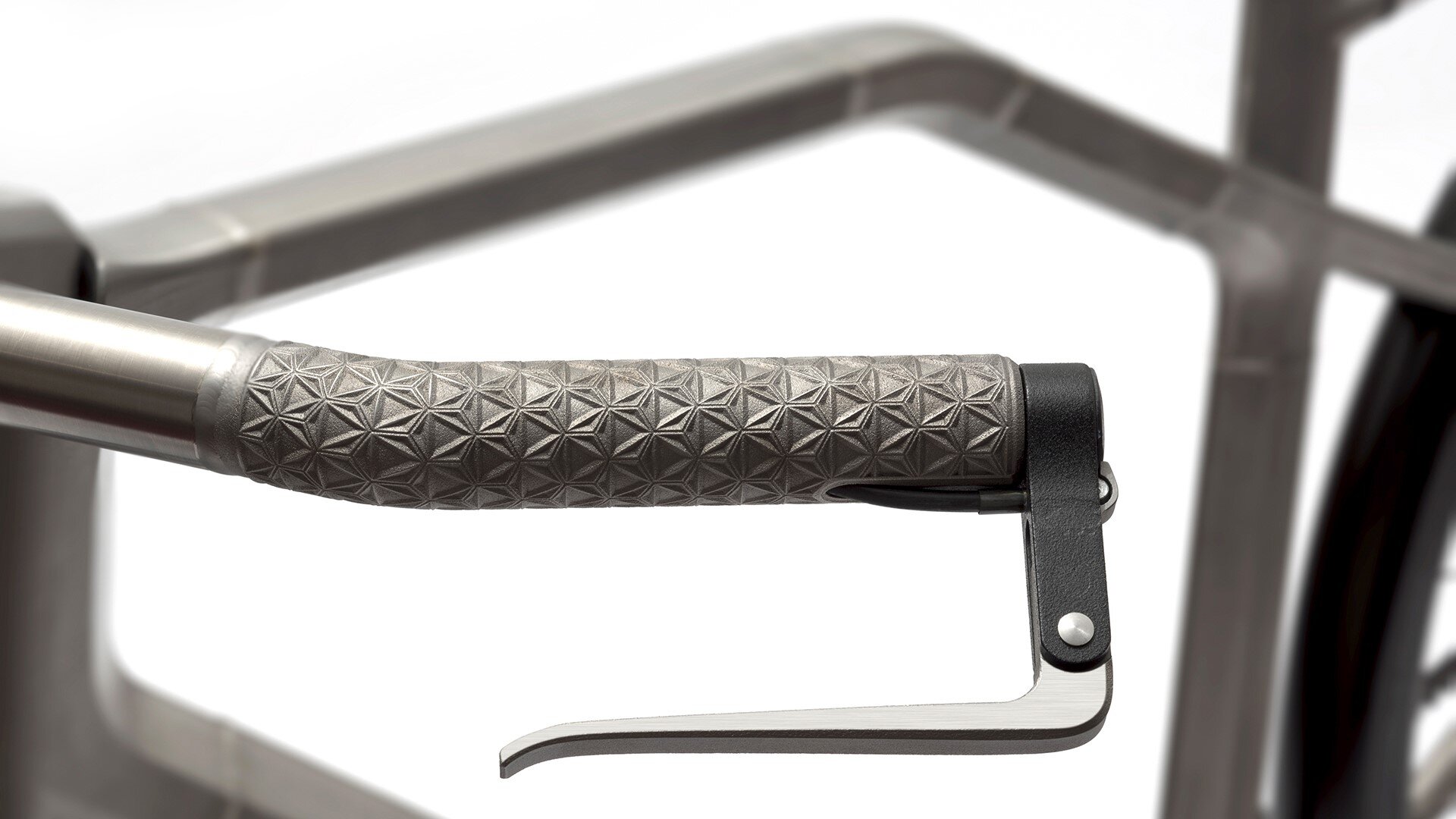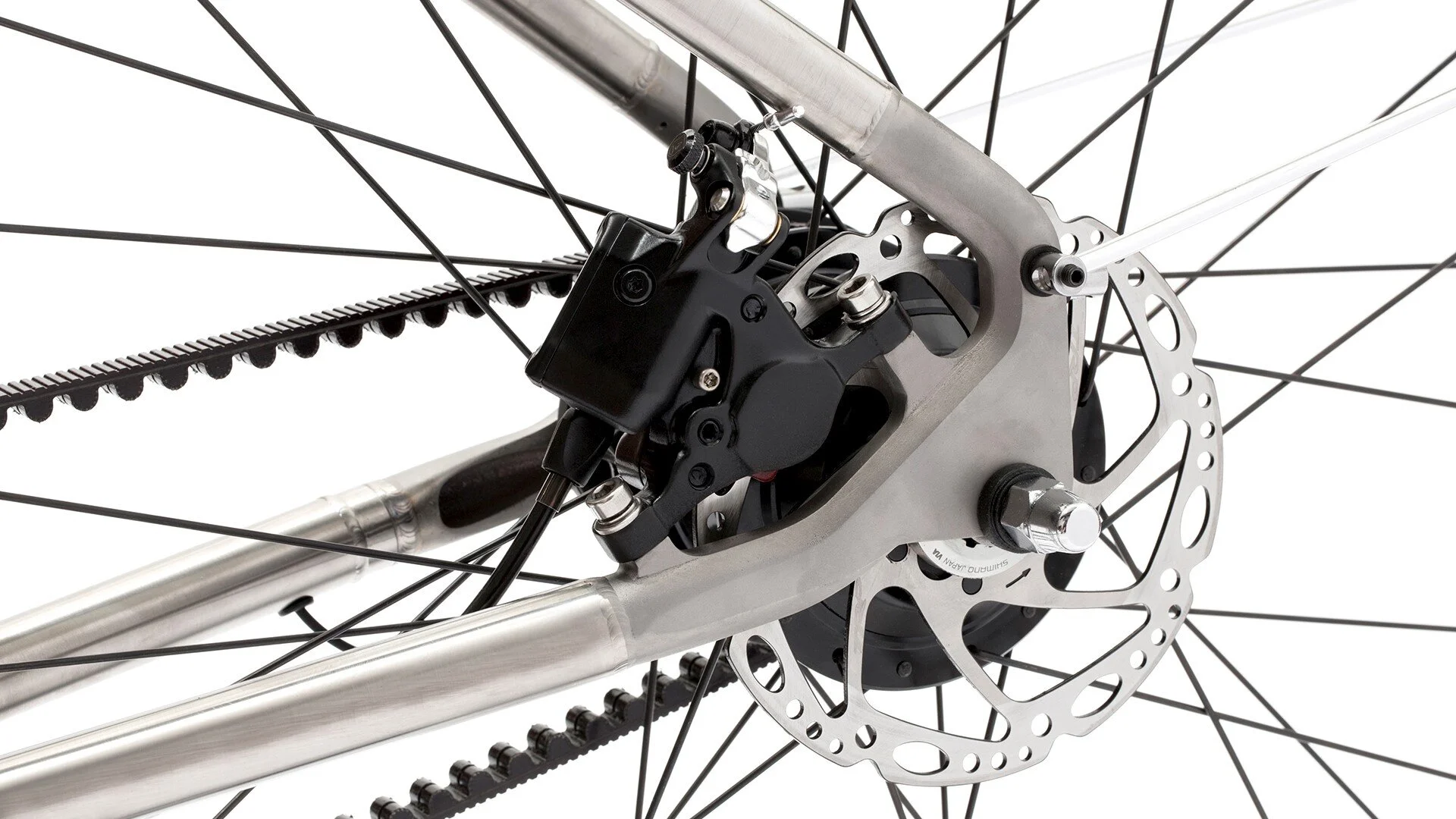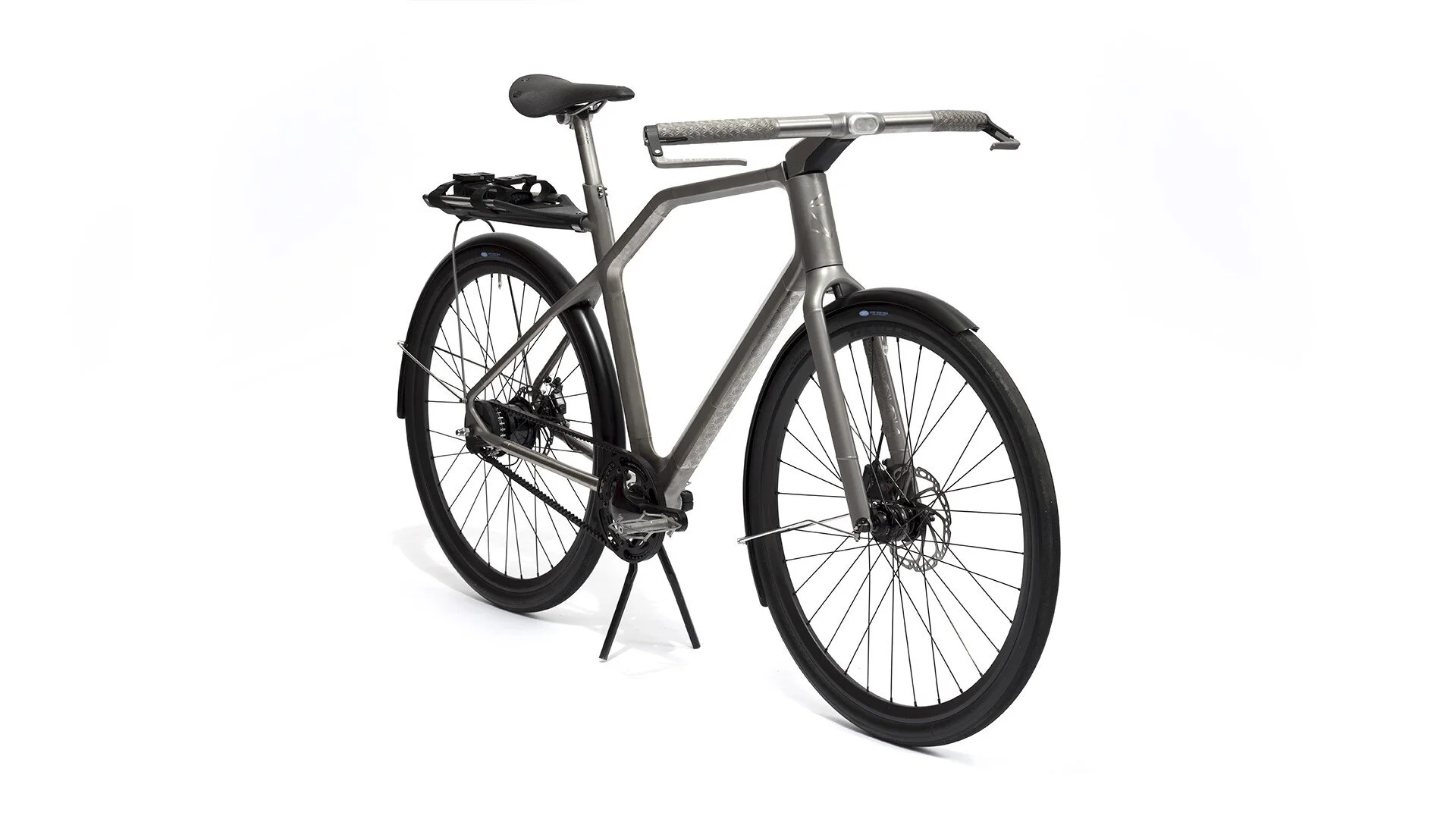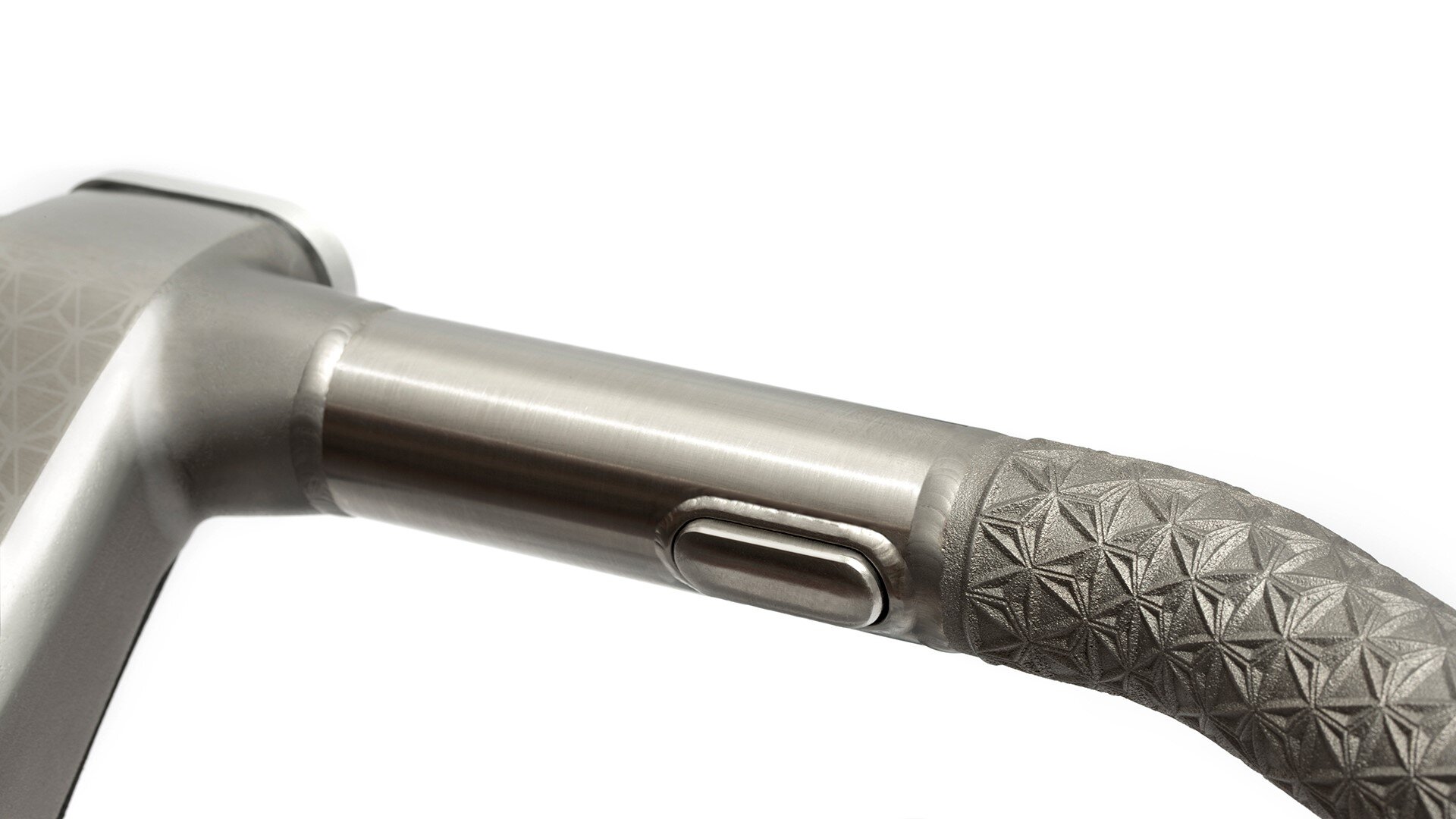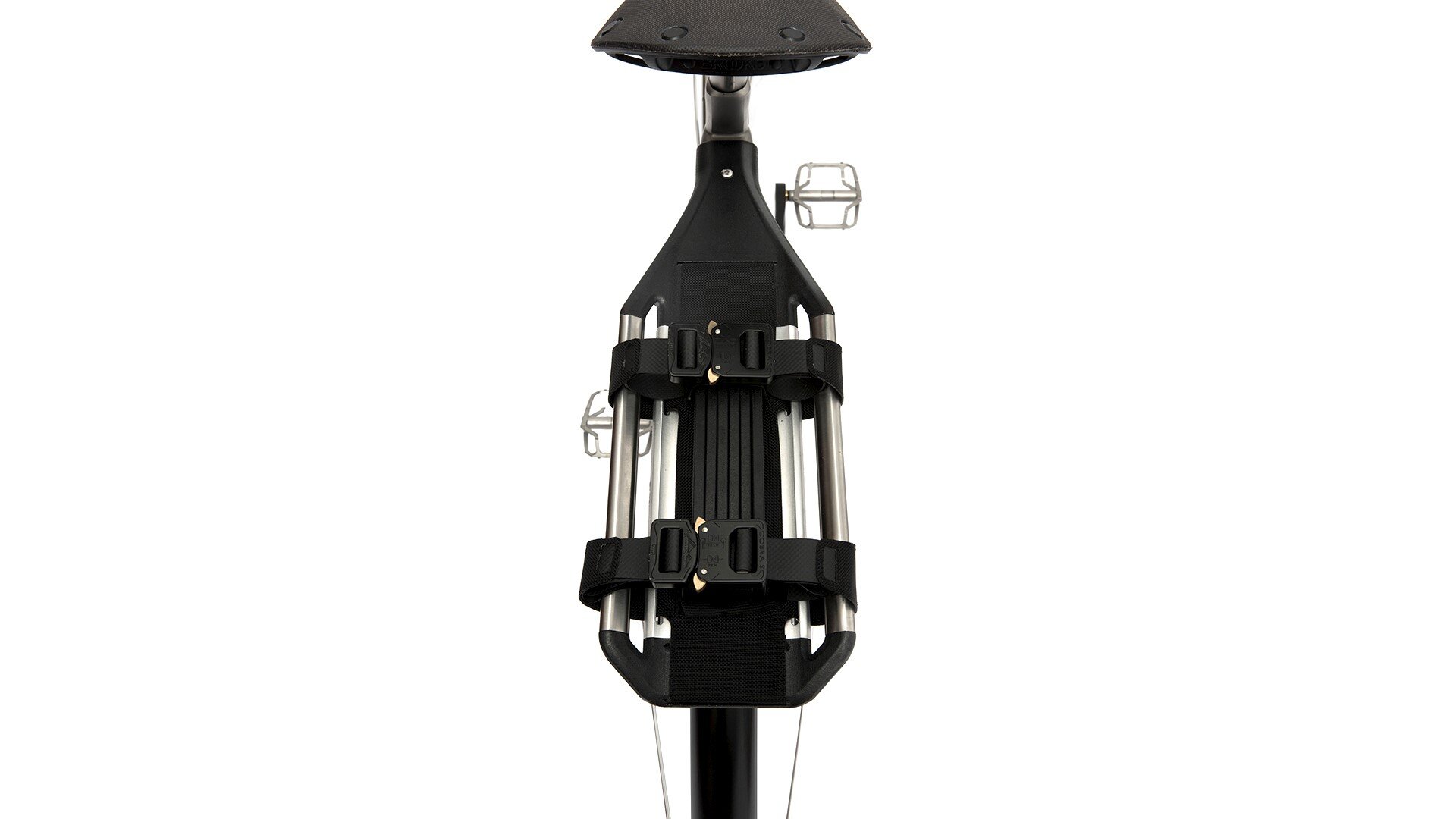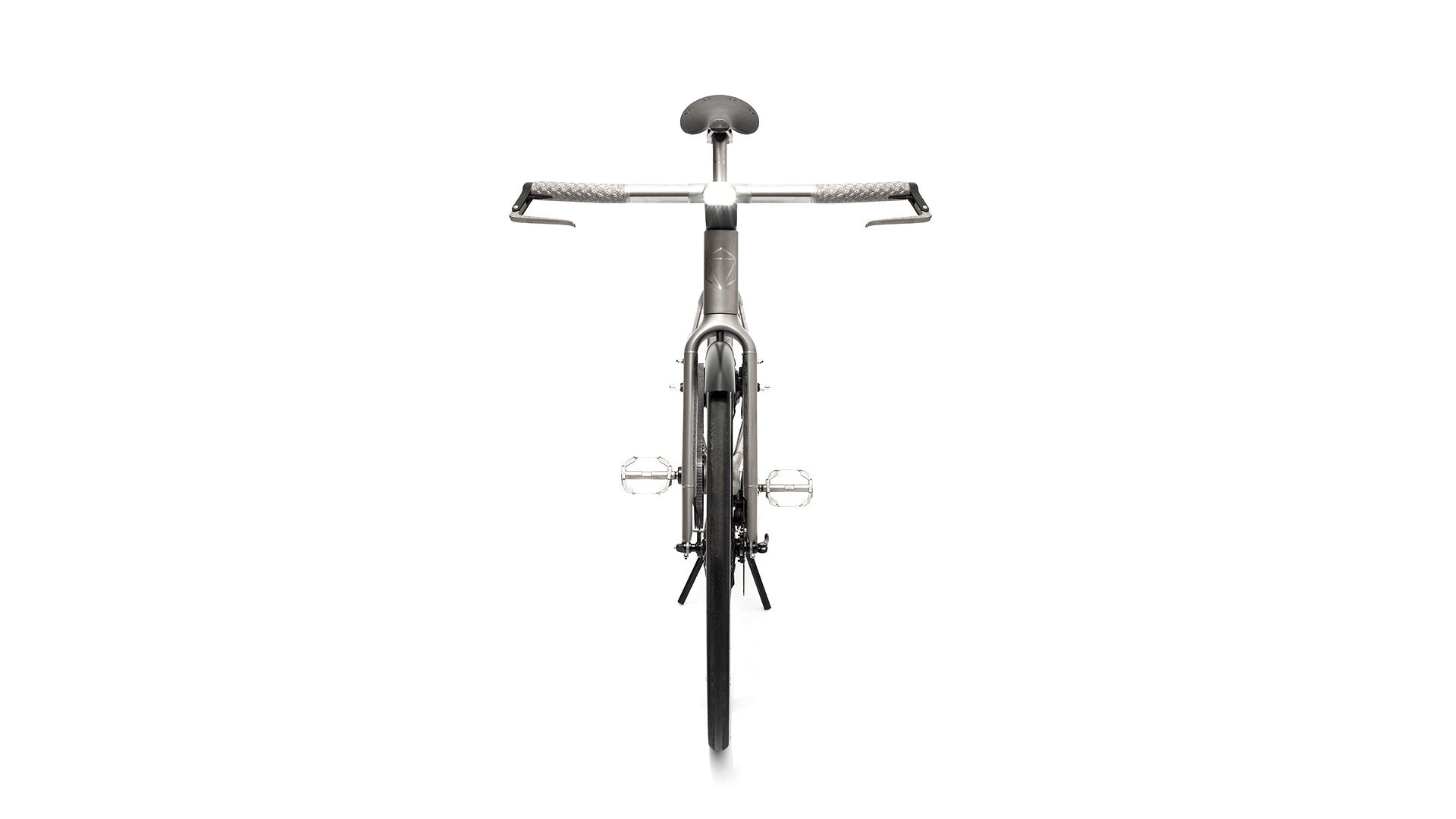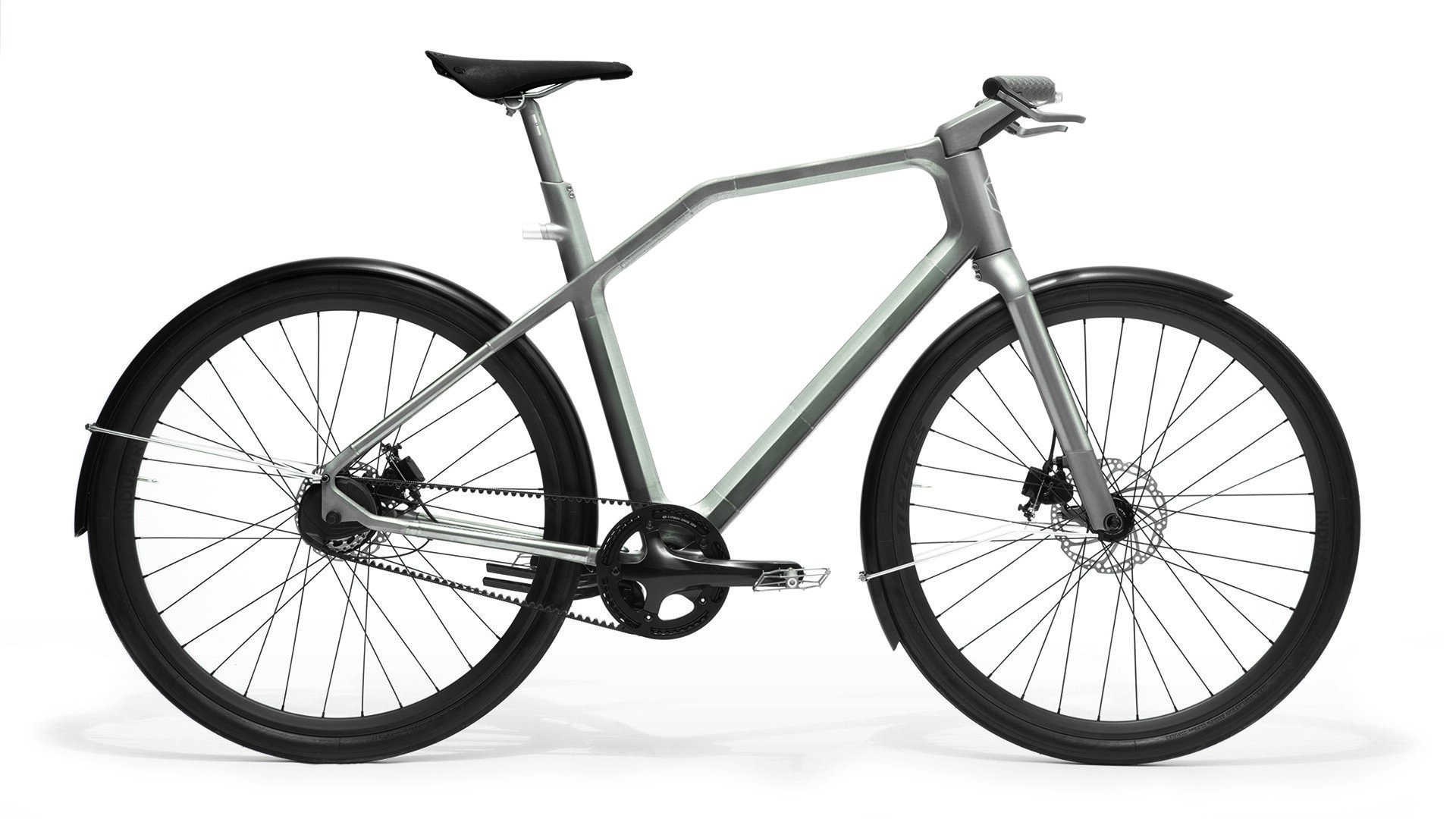For those who may have experienced delays in fulfillment and delivery times of orders, or lags in customer service response times, RADHAUS sincerely apologizes.
As has been covered extensively in local, national, and global news reports, the past few years have been a perfect storm of disparate and unexpected disruptions that have changed the way most everything works for a small business, and changes take time to adjust to.
The COVID-19 epidemic was unquestionably the hinge around which the way things were turned into the way things are now. Beyond the serious emotional and social tolls of the pandemic, virtually every industry that involves physical products has seen technical and logistical disruptions across every business sector.
The shutdown of non-essential operations necessary to flatten the coronavirus curve around the world led to raw material shortages, manufacturing backlogs, shipping and transport slowdowns, and economic slumps across the globe in 2020-2021 that have had an insidious domino effect reaching all the way to the end consumer.
As Bicycle Retailer, Forbes, and countless others have been reporting for some time now, the whole bike industry is working hard to keep up with demand, and when recent global developments and economic trends are taken into account it’s inevitable that shortages and delays will last well into 2022 and possibly beyond in 2023 or even 2024.
Things seem like they might be improving, but we're not out of the woods yet. Classic economics says prices are set by supply relative to demand; many large component manufacturers have been increasing prices across the board, and as inflation sets in prices are expected to increase further before 2022 is out.
Considering all of that, and then factoring in the individual challenges facing our suppliers, peers, customers and staff, not to mention personal and family obligations… it is a wonder any of us are able to operate at all.
Of course on the bright side we are operating, and in light of all the challenges that fact is that much brighter. Bright enough to keep us going.
Thank you to our friends and customers for hanging in there with us. RADHAUS truly appreciates your patience and understanding; it gives us the sanity to do the same.


